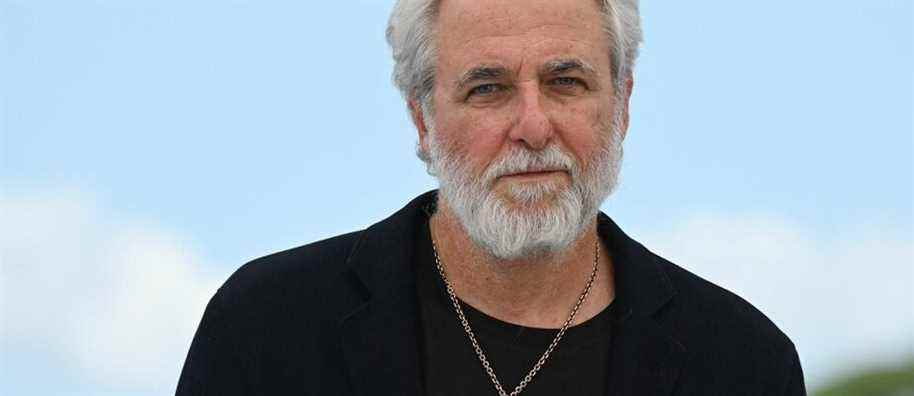(Paris) Sound Waltz with Bachir, an autobiographical documentary on the war in Lebanon, has left its mark on animated cinema. For his new film, in theaters Wednesday, the Israeli Ari Folman revisits one of the totems of the memory of the Holocaust, the diary of Anne Frank.
Where’s Anne Frank?, cartoon adaptation of the diary of the Jewish teenager from Amsterdam, who died in 1945 in the Bergen-Belsen concentration camp after hiding with her family in an Amsterdam building to escape the Nazi occupiers, is intended this time for a family audience.
Anne Frank “is an icon. But more than that, she was an isolated teenager, going through adolescence being eminently funny, great, bad, great observer of the adult world, seeing each other’s faults and attacking them, ”the 58-year-old director explained to AFP, during the Cannes Film Festival.
Himself a descendant of Holocaust survivors, Ari Folman was not satisfied with a literal adaptation of the work published after the war on the initiative of the girl’s father.
Something to confuse: the film indeed interweaves several intrigues and gives life to Kitty, the imaginary friend to whom Anne Frank addresses in her diary.
Kitty is embodied by a young red-haired girl, both candid and revolted, who navigates in a hazy time, between the past and the present, around the hiding place of Anne Frank which has become a museum.
The opportunity to add to the history of the Holocaust a reflection on the fate of refugees in today’s Europe. And on our relationship to memory, in a world which does not always seem to make the link between the tragedies of the past and contemporary injustices.
“Where is Anne Frank today, in a world where children continue to be victims of war, as if nothing had changed since?” “Asks the director.
The film is of course a history lesson for the youngest, three quarters of a century after the liberation of the Auschwitz extermination camp and the assassination of 5 to 6 million Jews by the Nazis during the Holocaust. It is accompanied by books and comics, in a desire of the Anne Frank Foundation to perpetuate his memory.
For the scene of arrival at the camp, Ari Folman, who dedicates the film to his parents “arrived at the gates of Auschwitz the same week as the Frank family”, prefers to appeal to Greek mythology and the crossing of the Styx, the river. of the Underworld, to evoke the unspeakable.
The director signs here one of the most ambitious projects of his career, by its subject, but also by the means implemented: eight years of work and twelve studios from different countries mobilized for old-fashioned drawing, without 3 D.
